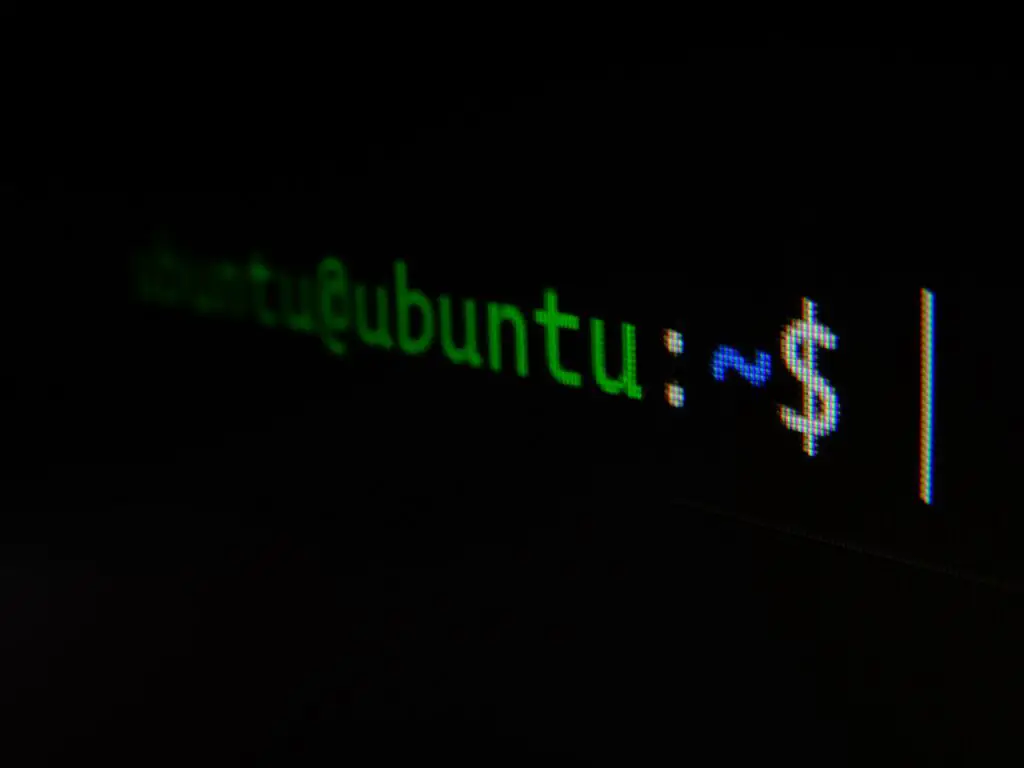Setting the Foundations with MySQL on Ubuntu 20.04
In the digital landscape, databases reign supreme, anchoring the functionality of countless applications and websites. Among these, MySQL stands tall as an open-source relational database management system, celebrated for its robustness and flexibility. For those venturing into the world of Ubuntu 20.04, a vibrant and versatile Linux distribution, the journey to harnessing MySQL’s power begins with a few deft strokes. In this guide, we unfurl the canvas, guiding you through the intricate steps of installing MySQL on your Ubuntu 20.04 system.

Prerequisites:
Prepare the Ground
Before diving into the installation, ensure your Ubuntu 20.04 system is primed and ready. Update your package index and the software repository to align with the latest and greatest offerings. The Terminal becomes your command center as you execute the following commands:
sudo apt update
sudo apt upgradeUpdating ensures you have the freshest package information, while upgrading installs the latest versions of the existing packages. This preparatory step ensures a smoother installation experience, fortifying your system against potential compatibility hiccups.
Step 1:
MySQL Installation – A Precise Endeavor
Now, the moment arrives to embark on the voyage towards MySQL installation. In the Ubuntu universe, the apt package manager makes this task a breeze. Execute the following command:
sudo apt install mysql-serverThis command sets the wheels in motion, prompting Ubuntu to retrieve the MySQL server package and its dependencies from the software repository. A prompt will appear, asking if you’re ready to dedicate disk space for the MySQL installation. Affirm with a resolute ‘Y’ and press Enter to signify your readiness. The installation progresses, unfurling its tendrils into your system, culminating in the MySQL server’s secure installation prompt.
Step 2:
Configuring MySQL – Taming the Beast
As the MySQL server nestles into your Ubuntu 20.04 abode, configuring it becomes the next conquest. Execute the following command:
sudo mysql_secure_installationThis command initiates a series of prompts that will secure your MySQL installation. Brace yourself as you navigate through the prompts, starting with setting a root password. Choose a robust password, one that weaves a tapestry of security around your MySQL server. Following this, you’ll be prompted to remove anonymous users, disallow remote root login, and remove the test database. Each step reinforces the fortress around your MySQL kingdom, ensuring only authorized access reigns supreme.
Step 3:
Post-Installation Checks – Certify the Foundations
With MySQL nestled securely and configured to your specifications, it’s prudent to conduct post-installation checks to ensure its health and vitality. Execute the following command:
sudo systemctl status mysqlThis command peers into the heart of your MySQL server, revealing its status. A green ‘active’ label signifies the successful integration of MySQL into your Ubuntu 20.04 ecosystem. Additionally, testing MySQL’s functionality ensures its responsiveness to commands and queries. Execute the following:
mysqladmin -u root -p versionEnter your root password when prompted to witness MySQL proudly unveil its version, validating its presence and readiness to serve your database needs.
Conclusion:
Your journey into the realm of MySQL on Ubuntu 20.04 unveils a robust and secure foundation, laying the groundwork for a myriad of applications and ventures. Armed with these intricacies, you’re equipped to wield MySQL’s power, harnessing its capabilities to propel your projects towards greatness. As you traverse this landscape, remember that MySQL’s potential remains boundless, awaiting your creativity and innovation to unlock its true prowess.
